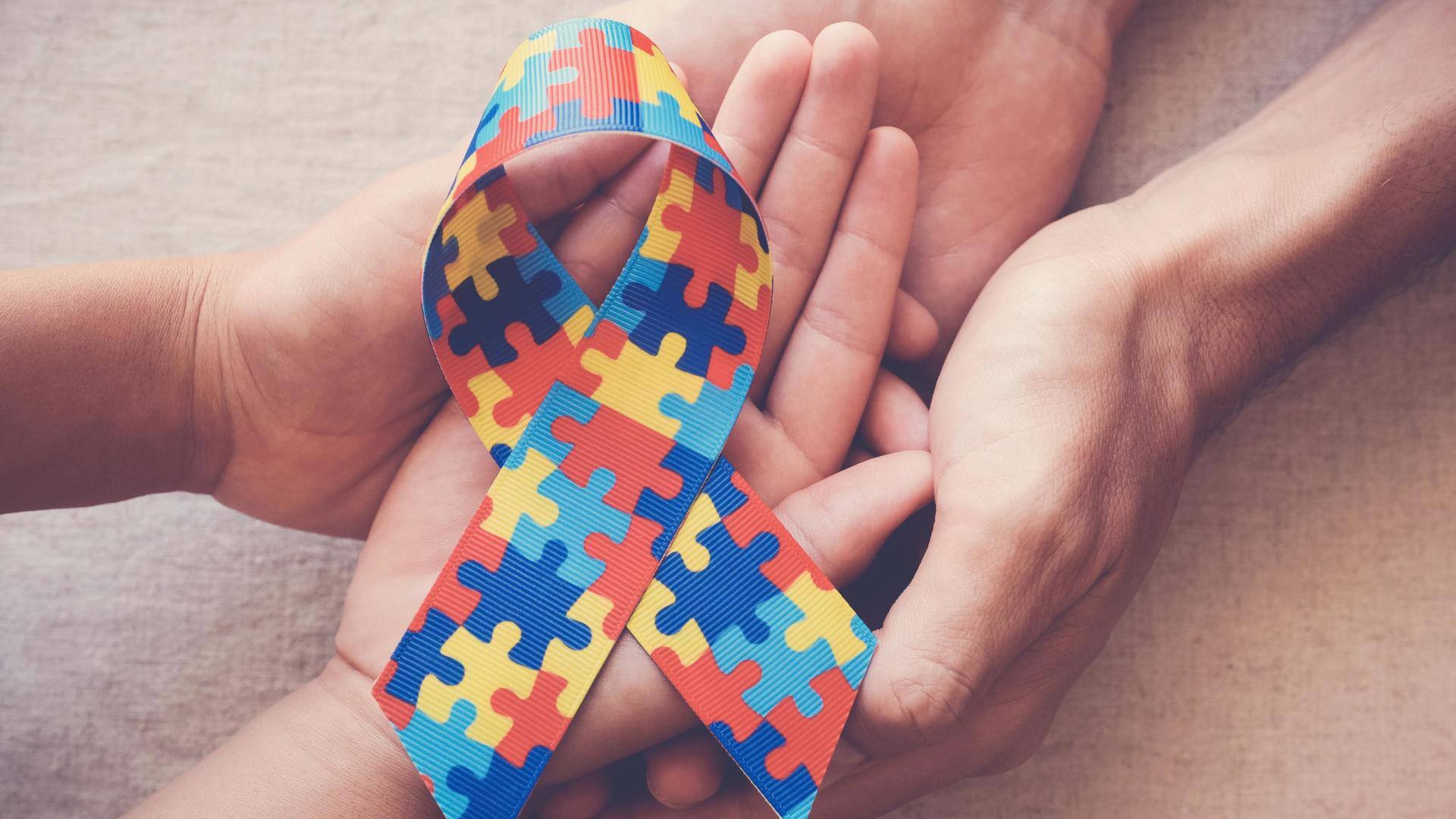
#WorldAutismAwarenessDay: Psychologist reveals how to behave with people with autism
What's the story
People with autism are subject to a lot of stigmas, discrimination, and prejudice. All this is so large-scale that it has kept many of us away from learning the correct behavior toward them. As April 2 is observed as World Autism Awareness Day, Ms. Rashi Trehan, R-DMP and psychologist, shares five things to note when dealing with people with autism.
Tip 1
Be careful with your language
"One needs to be careful with their language and refrain from using labels that are commonly used for those living with autism spectrum disorder (ASD)," says Trehan. "Labels such as 'autistic' should never be used to address someone on this spectrum," she enlightens. "Instead, 'people with autism' or 'a person living with autism' is the correct way to go about it," she adds.
Tip 2
Not all with ASD are the same, learn about them
Since ASD is a neurodevelopmental disorder on a spectrum, it means that not all living with it are the same, the psychologist said. "Some can be high-functioning, low-functioning, verbal, or non-verbal, which is why it is not appropriate to characterize and stereotype all those living with this difficulty." "Make an effort to learn about their level of skills/severity instead of assuming," she suggests.
Tip 3
People with ASD do have feelings and emotions
"People living with autism have feelings and emotions, just like anyone else. They are also very capable of expressing them," states Trehan. "More so, they are capable of responding to others' emotions as well," she tells to NewsBytes. "Although their expressions and responses may be different, to say they can't understand or perceive anything is inappropriate. Hence, communicate well with them," she recommends.
Tip 4
Exercise patience and empathy
"If you are someone who is caring for a person with autism or living in their vicinity, it's important to exercise patience," reminds Trehan. "Understand that people with ASD may take some time to develop social communication. And as you do that, devote time to learning new ways to communicate, specifically the visual ones as they can be helpful," she suggests.
Tip 5
Be aware of their responses
"When communicating with people with autism, keep an eye on their responses. For instance, when you call out their name, pause, and wait for their response. They may communicate with a simple nod or by stopping what they are doing," says the therapist. "Also, they can be overwhelmed with questions depending on their severity, so use short phrases instead of long sentences," concludes Trehan.